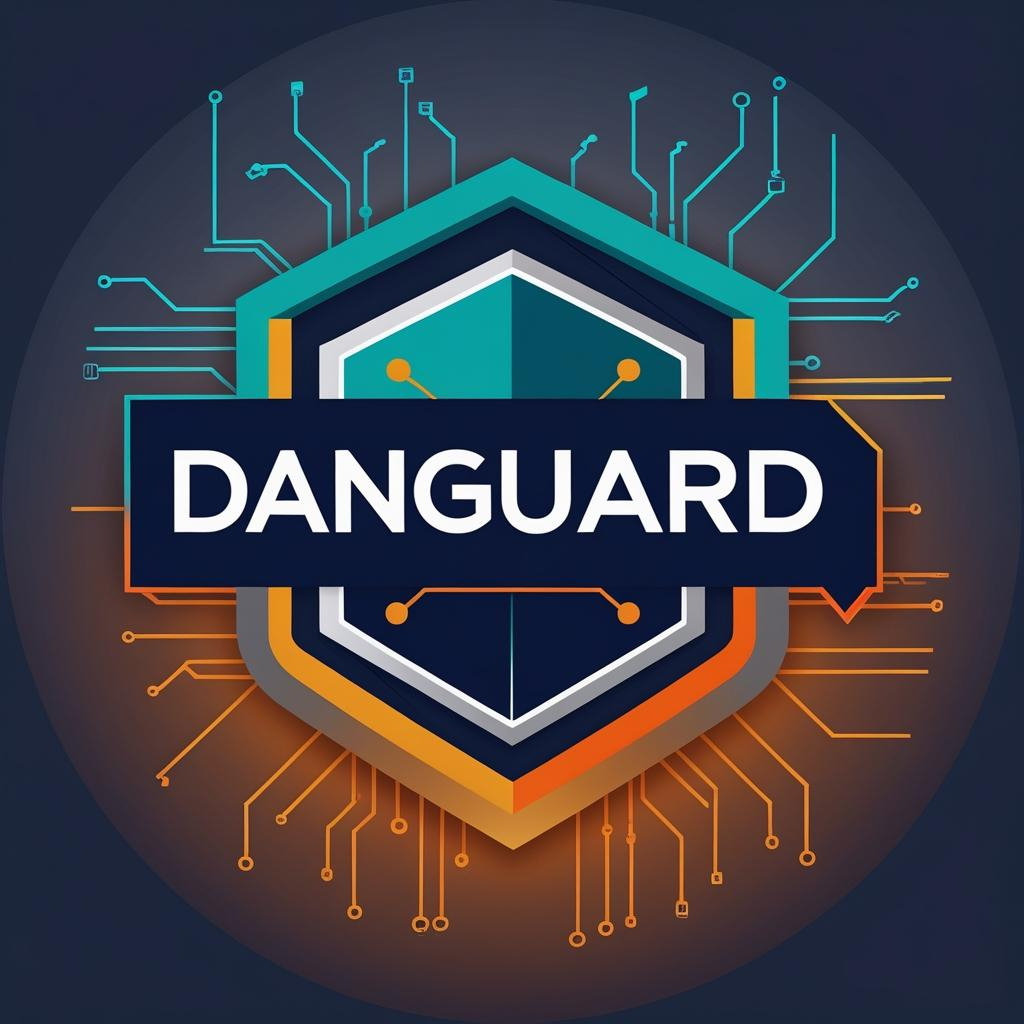Defending the Digital Frontier: Key OT Cybersecurity Strategies for 2024
In 2024, the operational technology (OT) landscape continues to evolve rapidly, with industries embracing digital transformation to optimize their processes, reduce costs, and improve efficiency. However, as the digital frontier expands, so do the risks. Cybercriminals and state-sponsored actors are increasingly targeting OT systems—those that control critical infrastructure, manufacturing, and industrial processes—creating a high-stakes environment for businesses to defend.
OT cybersecurity must take center stage to protect these critical environments. Here are some key OT cybersecurity strategies for 2024 that organizations should implement to safeguard their operations and remain resilient in the face of emerging threats.
1.
Implementing Zero Trust Architecture in OT Environments
The traditional “castle-and-moat” security model is no longer sufficient for protecting OT systems. With the convergence of IT and OT networks, Zero Trust Architecture (ZTA) is rapidly becoming a critical component of OT cybersecurity strategies. The Zero Trust approach assumes that every user, device, or system, whether inside or outside the network, is untrusted until verified.
Key principles of Zero Trust in OT environments include:
- Network Segmentation: Isolate OT systems from corporate IT environments to limit potential attack vectors.
- Identity and Access Management (IAM): Implement stringent identity verification processes for all users, including multi-factor authentication (MFA) and least-privilege access policies.
- Continuous Monitoring and Analytics: Use real-time monitoring tools to analyze network activity, identify unusual behavior, and respond to potential threats.
ZTA allows businesses to tightly control access to OT systems, reducing the risk of lateral movement within the network should an attacker gain entry.
2. Enhancing OT Threat Detection and Incident Response Capabilities
As OT networks become more interconnected with IT systems and external networks, real-time threat detection and incident response are crucial for staying ahead of sophisticated cyberattacks. In 2024, businesses must invest in next-generation tools and strategies that enable rapid identification and response to potential incidents.
Some approaches include:
- AI-Powered Threat Detection: Machine learning algorithms can analyze vast amounts of data in real-time, detecting abnormal behavior and identifying threats before they become critical incidents.
- Behavioral Anomaly Detection: By establishing baseline behavior for devices and users in OT systems, organizations can detect deviations that may indicate cyber threats or insider activity.
- Automated Response and Containment: Implement systems that can automatically isolate infected devices, mitigate threats, and trigger incident response procedures without human intervention, reducing response times and limiting damage.
Having a robust incident response plan in place, with clear roles and responsibilities, ensures that when an incident does occur, it can be addressed quickly and efficiently to minimize operational downtime.
3. Securing Legacy OT Systems Without Disruption
Many industries, such as energy, manufacturing, and transportation, rely on legacy OT systems that were not designed with cybersecurity in mind. These systems may be decades old, yet they control essential industrial processes that cannot easily be shut down for upgrades or patches.
In 2024, securing legacy OT systems while maintaining operational continuity will be a key challenge. To address this, organizations should:
- Conduct a Comprehensive Risk Assessment: Identify vulnerable legacy systems, assess their potential risks, and prioritize the most critical areas for protection.
- Deploy Network Segmentation: Isolate legacy systems from more modern, connected environments to minimize exposure to cyber threats.
- Use Security Wrappers: Apply security “wrappers” to legacy systems, which act as a protective layer between the system and external networks, monitoring communication and filtering out potential threats.
- Regular Patching and Maintenance: Where possible, work with vendors and OT specialists to update software and apply patches that address known vulnerabilities.
By proactively managing legacy system vulnerabilities, organizations can extend the life of their equipment while keeping them secure from modern cyber threats.
4. Embracing Compliance and Regulatory Standards
As governments and regulatory bodies ramp up efforts to enforce cybersecurity in critical infrastructure, compliance with industry standards is becoming more stringent in 2024. Adhering to these regulations is not just a legal requirement but a best practice that ensures OT environments are fortified against attacks.
Some critical standards to follow include:
- IEC 62443: A globally recognized set of standards specifically designed for industrial automation and control systems, providing guidelines for securing OT environments.
- NIST Cybersecurity Framework: NIST’s framework outlines a risk-based approach to managing cybersecurity risks in OT systems, emphasizing identification, protection, detection, response, and recovery.
- NERC CIP (North American Electric Reliability Corporation Critical Infrastructure Protection): A set of standards designed to protect the cybersecurity of electric utility systems.
Adopting a proactive approach to compliance, including regular audits, gap analyses, and remediation planning, will ensure that organizations stay ahead of regulatory requirements and reduce their exposure to penalties.
5. OT Security Training and Awareness Programs
While advanced technology and automated systems are critical in defending OT environments, the human factor remains a significant vulnerability. Cybersecurity awareness and training programs tailored to OT environments are essential to equip employees with the skills needed to identify and respond to potential cyber threats.
Key training initiatives should include:
- OT-Specific Cybersecurity Training: Educate staff on OT systems, network segmentation, and the unique challenges of securing industrial environments.
- Phishing and Social Engineering Simulations: Train employees to recognize phishing attacks and social engineering techniques commonly used by cybercriminals to gain access to critical systems.
- Role-Based Training: Ensure that employees in specific roles, such as system operators, IT/OT administrators, and incident responders, receive targeted training that reflects their responsibilities.
Investing in a strong culture of security awareness reduces the likelihood of human error, which is often a primary cause of successful cyberattacks.
6. Leveraging Advanced Partnerships for Holistic Security
Given the complexity of OT environments, partnering with industry-leading cybersecurity providers is an essential strategy for 2024. Companies like Dragos, Honeywell, Fortinet, and Tenable specialize in OT cybersecurity and can provide advanced tools and solutions tailored to industrial settings.
Working with trusted partners allows organizations to access:
- Cutting-Edge Technology: Partners provide access to the latest tools, including advanced threat detection, endpoint security, and risk management solutions tailored to OT environments.
- Specialized Expertise: Cybersecurity providers with OT experience can offer insights, training, and customized solutions to address the unique security challenges of industrial systems.
- Managed Security Services: Outsourcing parts of cybersecurity management, such as monitoring or incident response, ensures that even organizations with limited in-house resources maintain a robust security posture.
These partnerships help organizations stay ahead of the curve by leveraging the collective knowledge and technology from the leaders in OT cybersecurity.
Conclusion
The digital frontier continues to expand in 2024, bringing both opportunities and risks to OT environments. Organizations that prioritize cybersecurity will be better equipped to protect their critical infrastructure and ensure operational continuity. By adopting Zero Trust principles, investing in advanced threat detection, securing legacy systems, adhering to compliance standards, enhancing employee awareness, and leveraging key partnerships, businesses can effectively defend their OT systems from an increasingly hostile cyber landscape.
At Danguard.net, we specialize in providing comprehensive OT cybersecurity services that meet the evolving needs of industrial organizations. Contact us today to learn how we can help secure your digital frontier.

